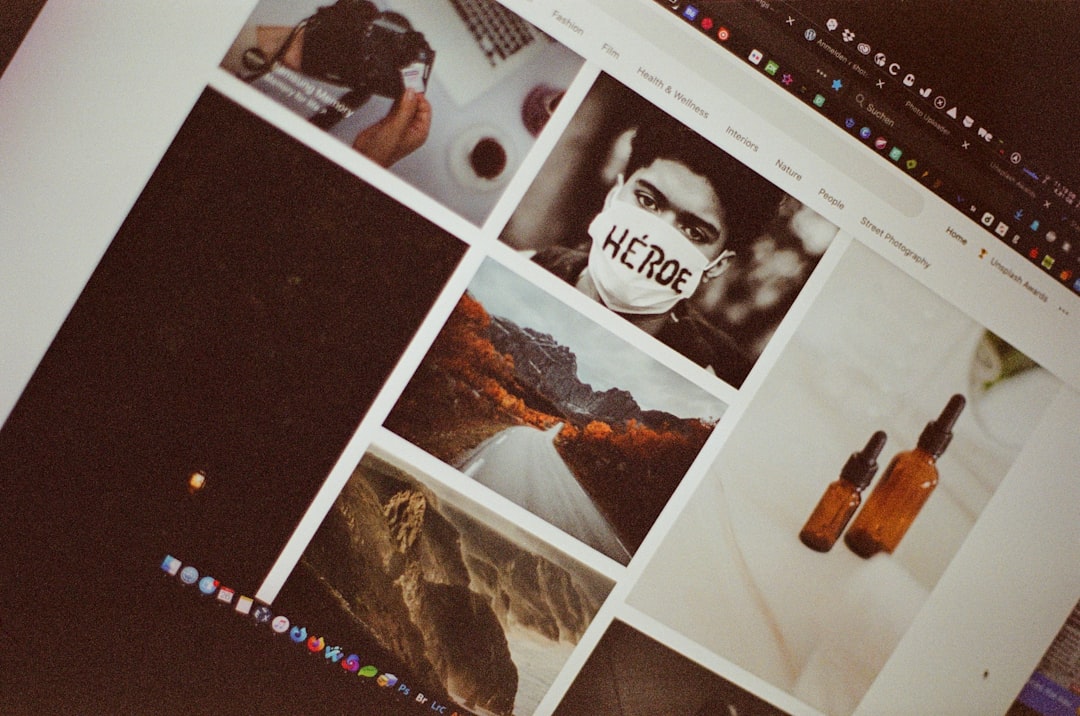Stock photos are a convenient resource for creatives, marketers, and businesses who need visual content without having to organize photoshoots from scratch. These images, available from platforms like Shutterstock, Adobe Stock, and Pixabay, offer high quality at a reasonable or even free cost. But one common question that arises is: Can you edit stock photos?
The short answer is: Yes, you can edit stock photos. However, the extent to which you can make changes largely depends on the type of license attached to the image, the platform’s terms of use, and the intended purpose of your edits.
Understanding Stock Photo Licenses
Before diving into editing, it’s essential to understand the type of license you get when you download or purchase a stock photo. The two primary license types are:
- Royalty-Free License: This allows you to use the image multiple times for a variety of purposes without paying additional fees. Royalty-free doesn’t necessarily mean the photo is free — it means freedom to use it over and over after purchase.
- Rights-Managed License: These images come with specific usage restrictions that can include duration, territory, and medium. They’re more controlled and often more expensive.
Most royalty-free photos, especially those from free stock sites, allow for a broad range of edits. However, it’s always best to read the fine print.
What Kind of Edits Are Typically Allowed?
Editing stock photos is common practice and can be critical for fitting them into your brand aesthetic, marketing material, or creative project. Here are ways you can typically alter a stock photo:
- Cropping and resizing to fit your format needs
- Adjusting color and exposure to match your design palette
- Adding text overlays for headlines, quotes, or branding
- Combining with graphic elements like logos or icons
- Applying filters or effects for a cohesive look on social media

Graphics software like Adobe Photoshop, Lightroom, or Canva make it fairly easy to tweak photos visually, from subtle modifications to dramatic transformations. These edits usually fall well within accepted usage — so long as the original photo is not used in a deceptive way.
Legal and Ethical Considerations
Even if editing is allowed, there are still legal and ethical boundaries to respect. Here are a few important considerations:
- Do not use stock photos in a misleading or defamatory context. For example, don’t use an image of a person to imply something false or damaging about them.
- Check for model or property releases. If you plan to use the image commercially or in advertising, make sure the photo includes relevant releases, especially if you’re altering people’s appearances.
- Don’t resell or redistribute the altered image as a stock photo. Even if you’ve changed it, selling an edited stock image as your own could violate copyright laws.
If you’re using stock photos for sensitive topics — such as healthcare, mental health, or political material — extra caution is advised. Make sure your edits and use do not improperly associate the individuals in the image with that subject.
Stand Out with Creative Customization
In today’s competitive visual landscape, using stock photos straight out of the box can sometimes look generic. One of the best reasons to edit stock images is to infuse them with your brand’s personality and message. Here are a few creative customization tips:
- Blend stock images into custom graphics using overlays or double exposures
- Change colors to align with your brand’s color scheme
- Add illustrative elements such as hand-drawn shapes or animations

These tweaks can turn a commonly used image into something unique to your project, making it more engaging and less generic. Designers often create entire themes using edited stock photos as a canvas.
Conclusion
Editing stock photos is not only permitted in most cases — it’s encouraged! Customizing these readily available assets allows for more creative freedom and enables you to better connect with your audience. Still, it’s crucial to understand the licensing, stick to fair use, and avoid legal pitfalls. Whether you’re swapping out backgrounds, adding creative filters, or just resizing for a social post, responsibly editing stock photos can elevate your visual content from good to great.
So next time you find the “perfect” stock photo, don’t hesitate to make it yours — with a thoughtful, well-planned edit.